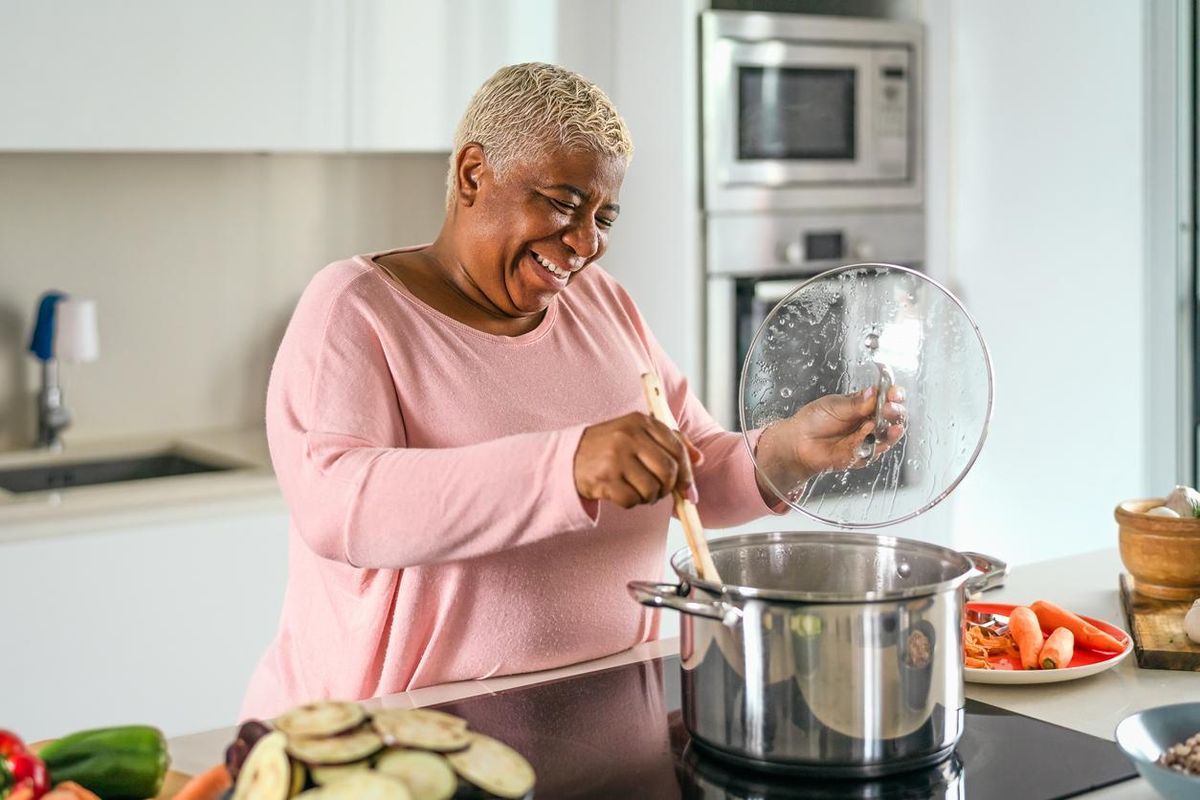
iStock.com/Alessandro Biascioli

Learn about our editorial policies

I just turned 59 and with the big 6-0 on the horizon I've started exercising and trying to take better care of myself (better late than never, right?). Are there any super-foods a gal like me should begin adding to her diet to help keep my mind sharp and my body strong?
It is never too late to get into better physical and mental shape—and kudos to you for getting making an effort! As the body ages, our needs increase for some nutrients and decrease for others. While energy requirements often decline with age due to lower metabolic rate and decreased physical activity, protein needs may increase. This is especially true of older adults with chronic illnesses. Choose protein sources that are low in fat and saturated fat such as fish, poultry and soy. In addition, older adults need more dietary vitamin D, calcium, and Vitamin B6.
Although there are no diet-related magic bullets to prevent the aging process, getting a good dose of antioxidants from the colorful (green, orange and red) fruits and vegetables (try for 5-9 servings a day); phytoestrogens and fiber from whole grains and legumes (6-8 servings a day); adequate calcium and vitamin D from low fat dairy (3 servings) and a modest amount of healthful fat; both omega-3s from fatty fish and monounsaturated fats from nuts and seeds is a good way to keep your body healthy for the long run. Although getting adequate servings from all the food groups might sound challenging, most serving sizes are quite modest. A serving of fruit and vegetables is just ½ cup or 1 tennis ball size piece; ½ cup cooked grains or 1 slice of bread is a serving from the grain group, a teaspoon provides a serving of fat and 7 ounces of meat for the whole day is only the size of a chicken breast. Consuming two, 4 oz. servings of fatty fish per week will provide the recommended 1 gram omega-3 fatty acids. It is the choices you make from each category that will determine whether you meet or exceed your calorie needs. For example, 8 oz. of skim milk is 90 calories, whereas 8 oz. of whole milk is 150 calories. If you do not drink milk and live in a northern climate, taking a vitamin D supplement with calcium is a good idea.